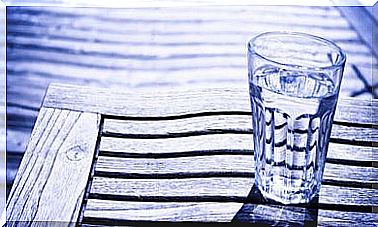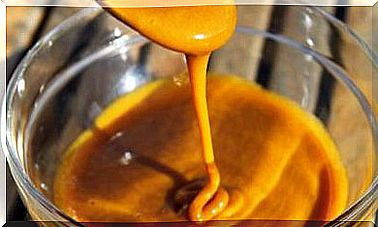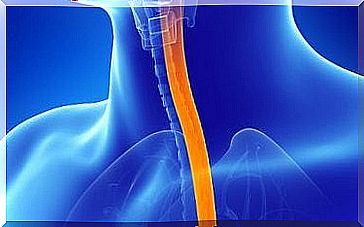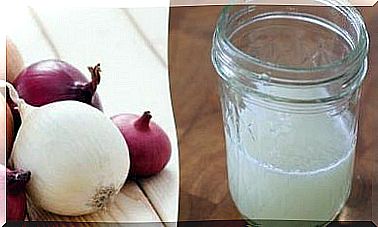Remove Foreign Bodies In The Esophagus
A wide variety of foreign bodies can get into the esophagus and must then be removed again using different methods, depending on their location and condition.

Foreign bodies can get stuck in different areas of the digestive tract: in the esophagus, in the stomach, in the intestines or in the rectum. Around a third of the objects become trapped in the esophagus.
In many cases, people who swallow a foreign body experience no symptoms because the object spontaneously passes through the digestive tract. But very often serious complications such as perforation or intestinal obstruction occur.
If an object is accidentally swallowed, great care should be taken. Find out more about this topic today.
Foreign bodies in the esophagus: causes and predisposition
Children often swallow foreign objects as they have a habit of putting all sorts of objects in their mouths. Adults can also swallow foreign bodies, but the reasons for this are obviously different.
In adults, the most common cause is a badly chewed lump of food (often meat) that can get stuck in the esophagus. Most of the time, however, the esophagus is already narrowed beforehand.
Various diseases can cause the esophagus to narrow. Examples are:
- Congenital esophageal stenosis
- Tumor that narrows the diameter of the esophagus
- Eosinophilic esophagitis (chronic disease of the esophagus which leads to inflammatory reactions due to the defective activation of the immune system)
How can you remove a foreign body in the esophagus?

The European Society of Gastrointestinal Endoscopy (ESGE) has drawn up a protocol to be followed in the event of a foreign body in the esophagus. It recommends paying attention first to the general condition of the person concerned in order to identify the urgency to act.
Then an X-ray is recommended to localize the swallowed object and to be able to observe the size, number and position, if
- the suspicion of a radiopaque object (which can be seen by X-rays)
- or if the nature of the item is unknown.
Endoscopy
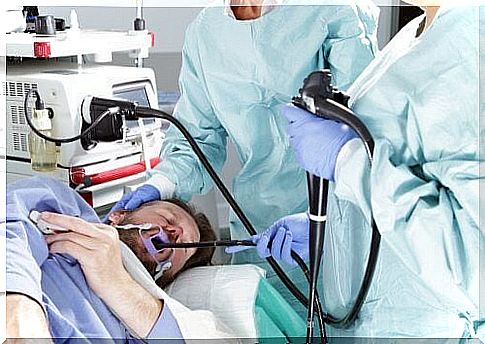
Endoscopic removal of the foreign body is the treatment of choice. A probe (endoscope) with a lamp and camera is inserted into the esophagus. This allows the object to be located and then removed with the help of pliers, a basket or a sling.
Various studies suggest that endoscopy can solve the problem if the foreign body is in the upper part of the esophagus. There are many different types of endoscopes. A flexible endoscope is usually used in this case, but there are also stiff ones.
If it is a small, blunt foreign body, it can be extracted with a Foley catheter. It is a long, soft tube made of latex or plastic with an inflatable balloon.
Another option is bougienage, which can also be used to remove small, blunt objects. This involves expanding the esophagus with a specific instrument called a bougie. The difference to endoscopy is that the foreign body is transported into the stomach with this instrument.
When the foreign body has already reached the stomach
If the object is long or sharp, the doctor tries to reach it with the endoscope. If it is a short, blunt object that is already in the duodenum, conservative treatment is required. First, the area will be x-rayed to see how it is passing through the digestive tract.
The stool is then also inspected until it can be guaranteed that the foreign body has been eliminated. The patient’s symptoms must also be closely monitored.
In about 80 percent of the cases in which the foreign body gets into the intestine, it is excreted spontaneously. In 12 percent of those affected, however, a surgical procedure is necessary that poses no risk to the patient.


